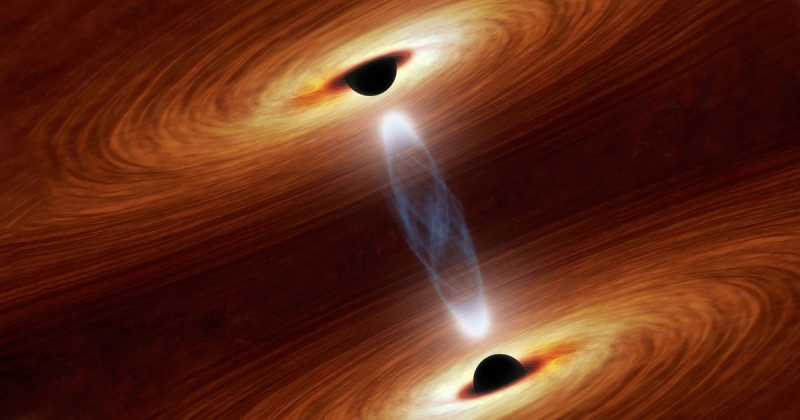Where Supermassive Black Holes Come From
Black holes are challenging phenomena for more reasons than you may realize. The majority of people are aware of black holes on some fundamental levels thanks to science fiction, and they know that they are extremely huge astral bodies with extremely strong gravitational fields from which even light cannot escape. You may have even heard that when a star collapses in on itself, a black hole arises. But it appears like that only applies occasionally.
Many galaxies include supermassive black holes, which are true to their name. Tens of millions of times more mass than the sun can be found in supermassive black holes. Our sun is not the largest star in the cosmos by any means, so when a star that is much larger collapses, it may create a large black hole, which may continue to grow over the course of millions of years.
The issue with supermassive black holes is that they have an excessive amount of mass. These gigantic ones simply don't make sense in light of the age of the universe and what is known about how black holes arise and expand. They shouldn't have grown to their current size.
These might have been produced at the same time as the universe. Alternatively, they might devour other enormous black holes and spiral out of control. Nobody truly understands how huge they are or why they got that way.











